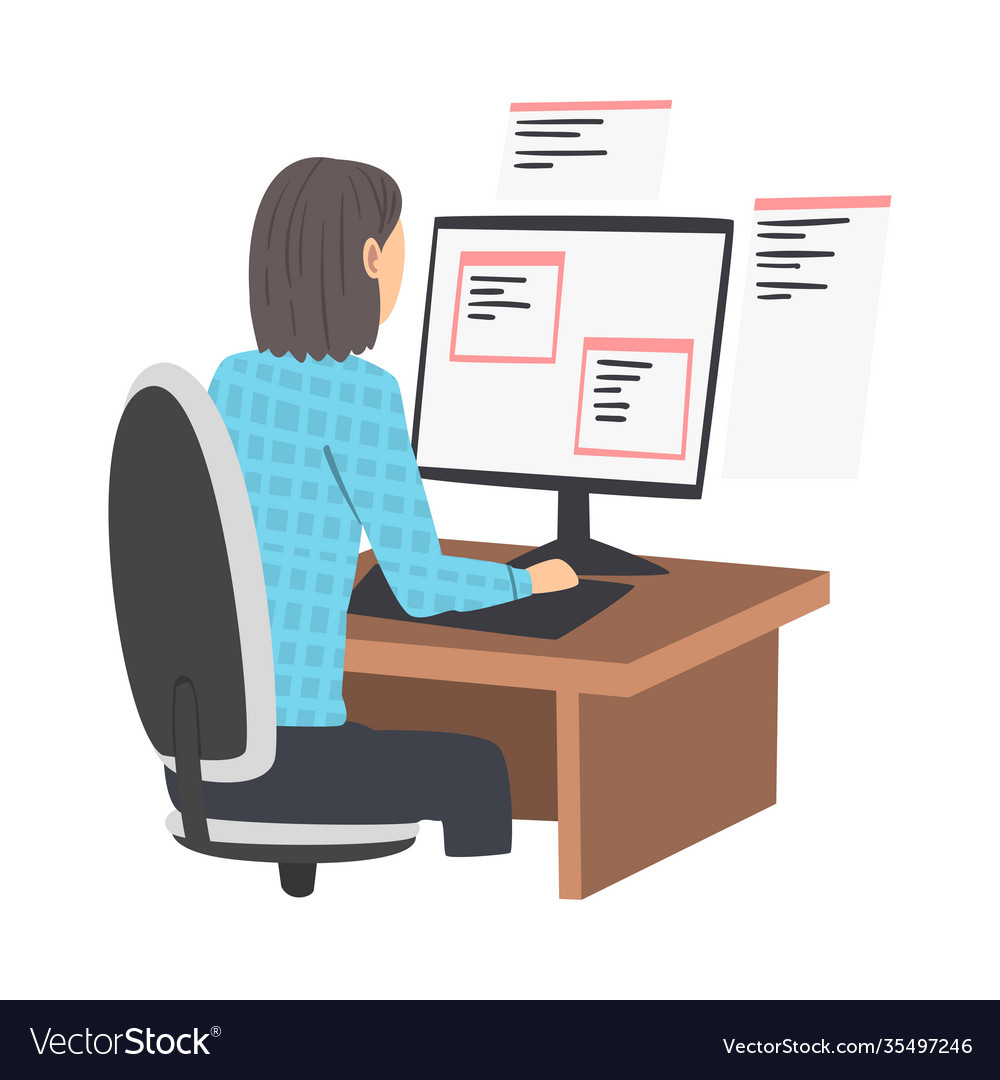The Advantages of a Dedicated Development Team in a Competitive Market
The Advantages of a Dedicated Development Team in a Competitive Market
Blog Article
Devoted Developers vs. In-House Teams: Which Is Right for You?
The choice in between using committed programmers and keeping an internal group is a considerable one that can affect the trajectory of your jobs and overall company technique. Devoted developers provide a level of flexibility and customized competence that can be beneficial for certain, temporary campaigns. Conversely, in-house teams add to a cohesive firm society and a nuanced understanding of long-lasting goals. By checking out important variables such as budget, project extent, and preferred control, you can much better determine which approach straightens with your business needs. Nonetheless, the ramifications of this selection expand past immediate results-- think about the more comprehensive influence on your company landscape.
Understanding Devoted Developers
The expanding demand for specialized abilities in the technology market has actually resulted in the introduction of devoted designers as a practical service for several companies. These experts are usually acquired on a job basis, allowing firms to utilize specific knowledge without the lasting commitment connected with permanent hires. Devoted designers are typically ingrained within a customer's group, giving versatility and scalability to satisfy project needs.
This model enables organizations to access a global talent pool, which is specifically useful in a rapidly developing technological landscape. Committed designers can be sourced from different geographical places, making sure that companies can discover the ideal ability at affordable rates. They usually bring a wide range of experience and understanding, having serviced diverse projects throughout different sectors.
Additionally, devoted designers can concentrate specifically on the tasks handy, improving performance and performance. They are outfitted to incorporate effortlessly into existing process, collaborating carefully with internal groups to attain task goals. This strategy not just minimizes the worry of employment and training yet additionally enables companies to continue to be active, adjusting quickly to altering market demands and technical improvements.
Benefits of In-House Teams

In addition, internal groups often tend to have a much deeper understanding of the firm's goal, values, and objectives. This placement can boost employee engagement and inspiration, as employee feel a lot more attached to their job and the organization's success. Furthermore, having a dedicated in-house group allows for much better placement of approaches and goals, as these participants are continually focused on the company's priorities.
In-house groups also promote quicker decision-making processes, as they can respond more quickly to obstacles and changes. The well established connections and knowledge with firm procedures permit for streamlined workflows and decreased miscommunication. Eventually, the combination of a natural society, alignment with business objectives, and efficient interaction makes internal teams a valuable possession for many organizations, specifically those aiming to grow lasting growth and advancement.
Price Factors To Consider
When reviewing price factors to consider, both in-house teams and dedicated programmers existing distinct economic effects for organizations. Involving specialized designers typically entails a pay-per-project or hourly rate design, which can be cost-efficient for services with fluctuating project needs. This strategy enables versatility in scaling resources up or down, making certain that firms only spend for the services they require.
In comparison, internal groups involve dealt with costs, including incomes, advantages, and overhead expenditures such as office and tools. While this model supplies greater control and instant accessibility of resources, it might lead to greater long-term costs, particularly if the workload does not validate a full time team.
In addition, firms need to consider the covert costs related to employment and training of internal workers, which can further strain spending plans. In many cases, the time and resources invested in handling an internal team can detract from the organization's core organization goals.

Project Administration and Flexibility
Task monitoring and adaptability are essential factors that influence the selection in between dedicated designers and internal teams. Devoted groups often have developed procedures for taking care of projects successfully, leveraging particular techniques like Agile or Scrum, which assist in repetitive progression and adaptability.

Inevitably, the option between specialized designers and in-house teams rests on the desired degree of flexibility and the specific job monitoring needs. Companies must review their operational characteristics, task intricacy, and resource availability to determine which alternative straightens ideal with their strategic objectives.
Making the Right Choice
Picking the right development strategy-- internal teams or specialized programmers-- requires a mindful evaluation of different aspects that line up with a firm's strategic objectives. offshore software development. Think about the nature of read the job. Dedicated programmers might be much more suitable if it requires specialized skills or a quick scale-up. Alternatively, internal teams can supply far better continuity and combination with existing personnel.
Following, assess your budget plan. Devoted developers often offer a cost-efficient solution for short-term projects, while internal teams may incur higher long-lasting expenditures due to wages, advantages, and overhead prices. Evaluate the degree of control and partnership desired; internal teams normally cultivate stronger interaction and positioning with business culture.
Furthermore, consider the moment frame. If prompt outcomes are essential, committed programmers can be onboarded rapidly, whereas building an internal group takes some time for recruitment and training. Lastly, weigh the lasting vision of your company. If constant development is crucial, investing in an in-house group may yield better returns in time. Ultimately, the decision rests on a comprehensive evaluation of these variables, ensuring alignment with your company's total purposes and functional requirements.
Final Thought
In final thought, the view it now choice in between in-house groups and specialized designers pivots on job needs and organizational goals. Conversely, in-house groups cultivate a natural society and much deeper alignment with long-lasting goals.
The decision between making use of committed designers and preserving an internal original site team is a substantial one that can impact the trajectory of your projects and total organization technique.Job monitoring and adaptability are essential factors that affect the selection in between specialized developers and internal groups. hire dedicated developers.In contrast, internal groups may excel in keeping a consistent project administration framework due to their knowledge with the organization's society and lasting objectives. Devoted developers commonly provide a cost-effective solution for short-term projects, while in-house teams may sustain greater long-term costs due to incomes, benefits, and overhead prices.In verdict, the decision between in-house teams and specialized programmers hinges on project needs and organizational objectives
Report this page